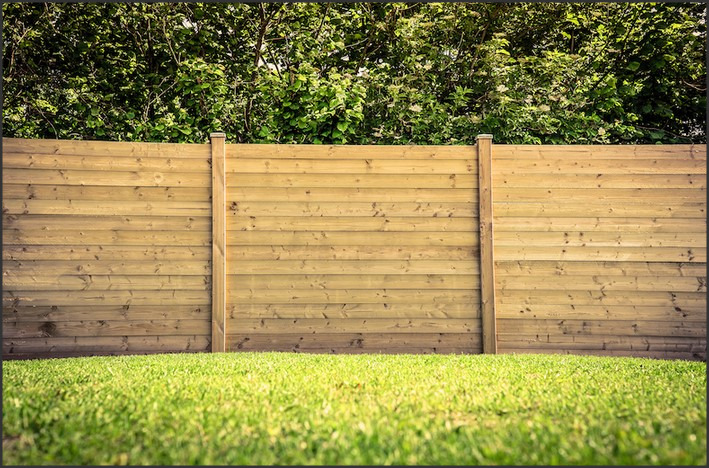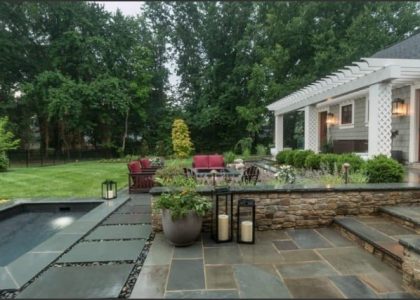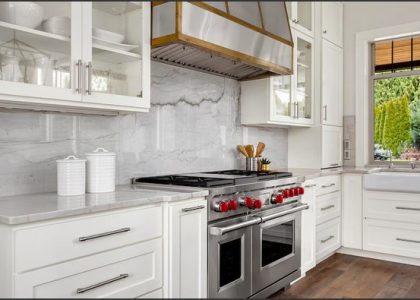
Fence Finances: Understanding the Cost of Wooden Fences is a comprehensive guide that provides detailed information about the financial aspects involved in installing wooden fences. It covers various factors that influence the cost, such as the type of wood used, the size of the area to be fenced, labor costs, and maintenance expenses. This guide aims to help homeowners make informed decisions by providing a clear understanding of the potential investment required for wooden fencing projects.
Decoding Wooden Fence Cost: A Comprehensive Guide to Fence Finances
Fence finances can be a complex topic, especially when it comes to wooden fences. The cost of a wooden fence can vary greatly depending on a variety of factors, including the type of wood used, the size of the fence, and the complexity of the design. However, with a comprehensive understanding of these factors, homeowners can make informed decisions about their fence investments.
To begin with, the type of wood used in the construction of the fence plays a significant role in determining the overall cost. Hardwoods such as oak, cedar, and redwood are typically more expensive than softwoods like pine or spruce. This is due to the fact that hardwoods are generally more durable and resistant to rot and insect damage, making them a more long-lasting option. However, softwoods can be a cost-effective choice for those on a tighter budget, as they are less expensive and can still provide a sturdy and attractive fence with proper maintenance and treatment.
The size of the fence is another crucial factor in determining the cost. Naturally, a larger fence will require more materials and labor to construct, resulting in a higher overall cost. The height and length of the fence, as well as the number of gates or additional features, can all contribute to the final price. It’s important to carefully consider the size of the fence needed, as unnecessary additional footage can quickly inflate the cost.
The complexity of the design can also significantly impact the cost of a wooden fence. A simple, straight fence with few additional features will be less expensive to construct than a fence with intricate patterns, curves, or decorative elements. Additionally, fences that require special construction techniques or materials, such as those designed for steep slopes or difficult terrain, can also increase the cost.
Labor costs are another important consideration when calculating the cost of a wooden fence. The cost of labor can vary greatly depending on the region, the complexity of the installation, and the experience level of the contractor. It’s always a good idea to get multiple quotes from different contractors to ensure you’re getting a fair price.
Lastly, maintenance costs should also be factored into the overall cost of a wooden fence. While wood fences can be relatively inexpensive to install, they can require regular maintenance to keep them looking their best and to prevent damage from weather and insects. This can include regular painting or staining, as well as repairs to any damaged sections.
In conclusion, understanding the various factors that contribute to the cost of a wooden fence can help homeowners make informed decisions about their fence investments. By considering the type of wood, the size of the fence, the complexity of the design, labor costs, and maintenance costs, homeowners can get a clearer picture of the true cost of a wooden fence. While the initial cost may seem high, a well-constructed and well-maintained wooden fence can provide beauty, privacy, and security for many years to come, making it a worthwhile investment for many homeowners.




